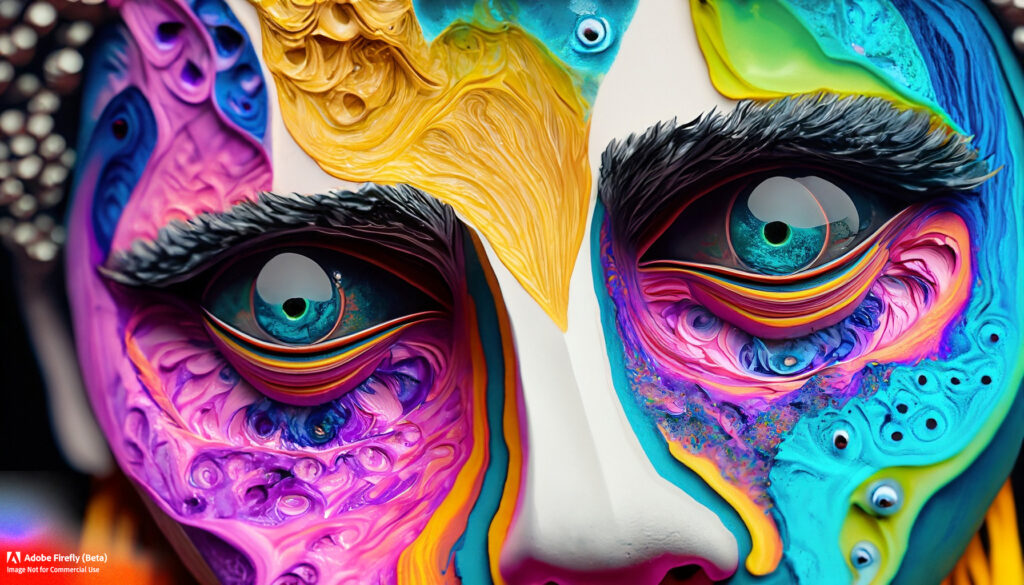Rainbow Paradox: Beauty in Imperfection
Throughout cultures and time, the rainbow has been celebrated as a symbol of hope, promise, and harmony. Its beauty has captured the imagination of humanity, and its colors have come to represent different aspects of our experience. But beyond its aesthetic appeal, the rainbow carries a deeper meaning that transcends any group or ideology.
Each color corresponds to a unique wavelength symbolizing different aspects of our emotional and spiritual experience.
- Red = Passion, love, and anger
- Orange = Creativity and excitement
- Yellow = Happiness and joy
- Green = Growth and renewal
- Blue = Trust, peace, and serenity
- Indigo = Intuition and mysticism
- Violet = Royalty and luxury
When these colors are taken together, they reflect the complexity of the human experience. Our lives are a tapestry of joy and sorrow, love and hate, growth and decay, Optimism and Nihilism.
Rainbows only appear after a rainstorm, which can be destructive and deadly. This is reflective of the contradictory nature of human existence. We strive for beauty and happiness, but in doing so often we resort to ugly and hateful acts.
In different cultures and mythologies, the rainbow has been used as a symbol of peace and unity. It has been regarded as a bridge between Earth and the heavens. It embodies the constant state of change and renewal inherent in all things.
Every individual sees a different rainbow, as the angle at which the refracted light reaches our eyes differs depending on our position. This reminds us that our perception of the world is inherently subjective and influenced by our own unique experiences and biases.
As a symbol the rainbow is also subject to distortion and interpretation based on our individual worldviews. To obsess over any one interpretation is to misunderstand the universal nature of it. Rainbows are not the property of any particular group or ideology, but rather a symbol that transcends these boundaries. For example, The meanings of the rainbow to the gay and Christian communities are equally valid but the validity of one must not be predicated on the invalidity of the other.
To fully appreciate rainbows and humanity itself is to accept the beautiful imperfection and interconnectedness of everything. Just as the colors of a rainbow blend together to create a beautiful spectrum of light, so too must we strive to blend our differences and live in harmony. By embracing the complexity and contradictions of life, we can begin to appreciate and understand symbols such as the rainbow, and the hope and promise they hold for a better world.




